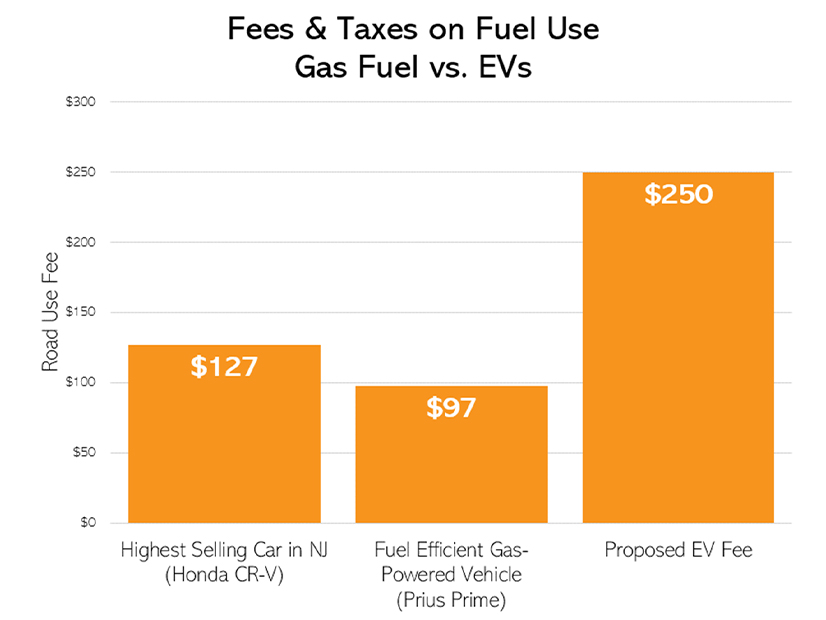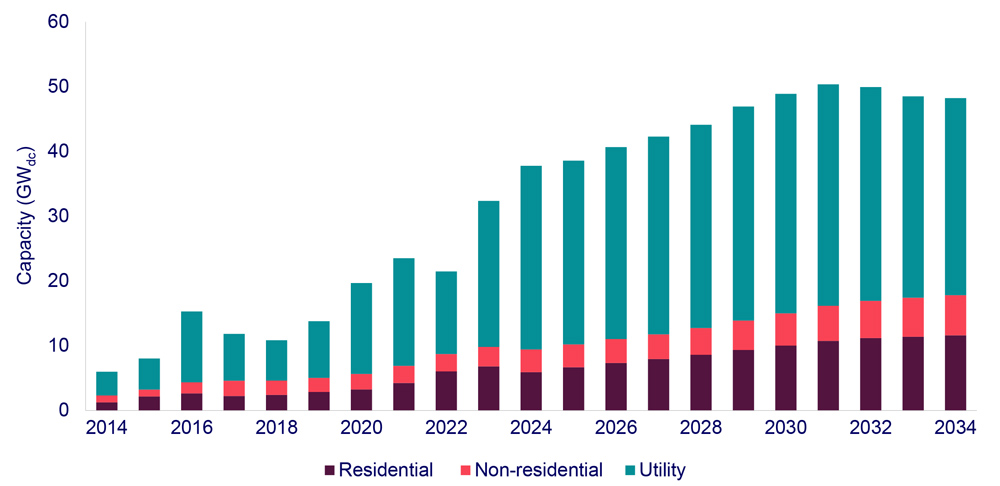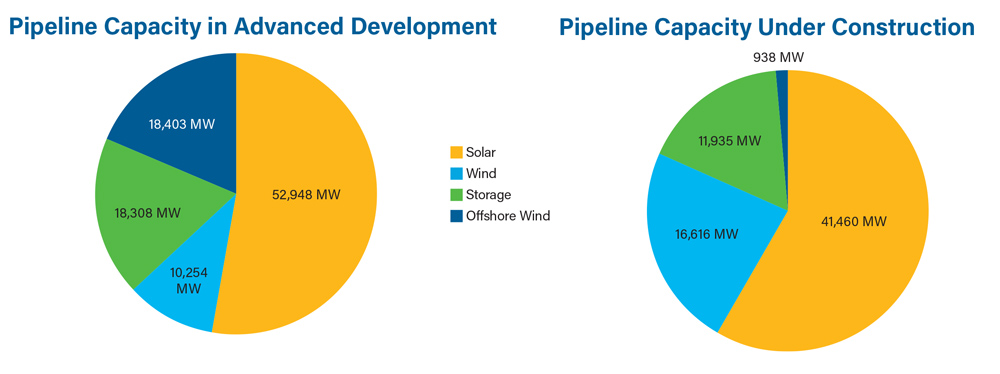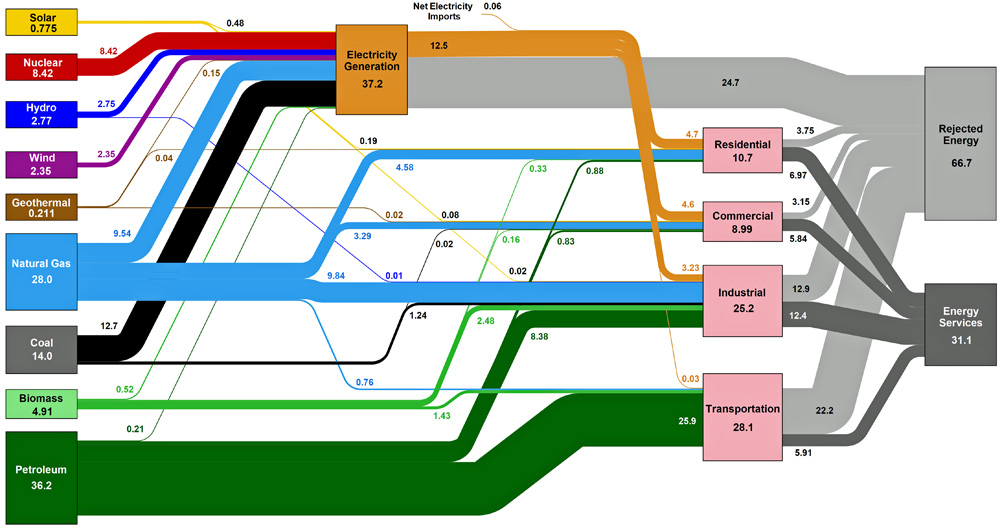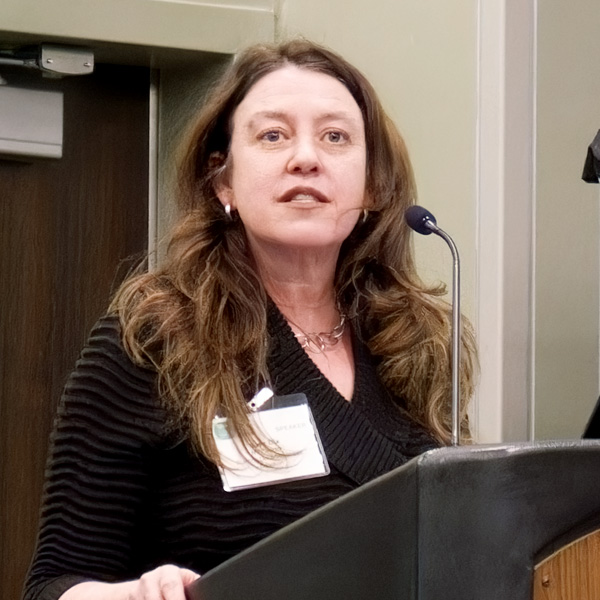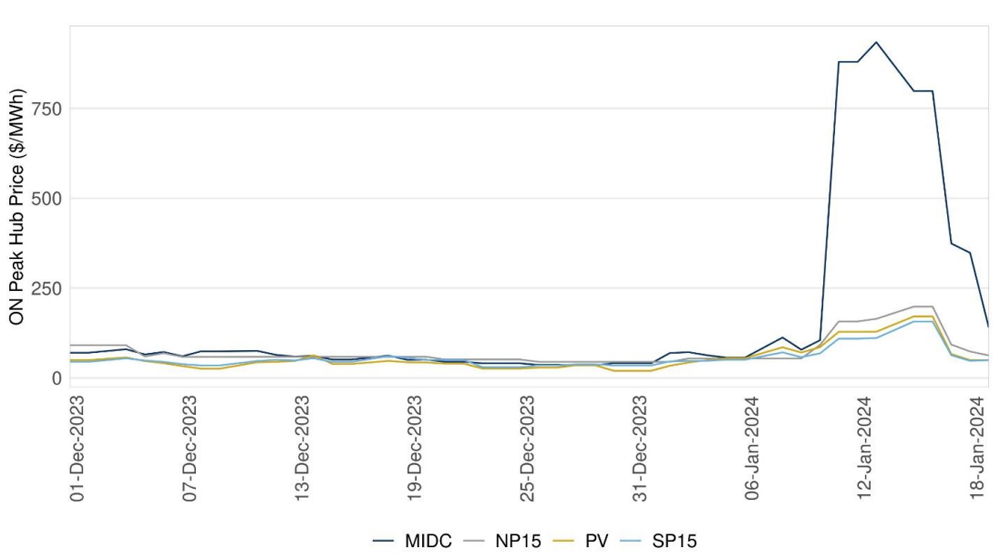Three conservation groups have filed a new civil suit against three federal agencies for consenting to permits and a land exchange that allow the divisive Cardinal-Hickory Creek 345-kV line to carve a final, mile-long path through a protected wildlife refuge in Wisconsin.
The Environmental Law and Policy Center filed the complaint in the U.S. District Court for the Western District of Wisconsin on behalf of the Driftless Area Land Conservancy, Wisconsin Wildlife Federation and National Wildlife Refuge Association.
The three allege the U.S. Fish and Wildlife Service, U.S. Rural Utilities Service and U.S. Army Corps of Engineers violated the National Environmental Protection Act (NEPA), National Wildlife Refuge System Improvement Act of 1997 and Administrative Procedure Act by approving permits and allowing a land exchange to assemble the final mile-long stretch of the 102-mile, $650-million transmission line through the Upper Mississippi River National Wildlife and Fish Refuge.
Co-owners ITC Midwest and Dairyland Power Cooperative late last month finalized an agreement with the Fish and Wildlife Service to turn over about 36 acres of privately owned land along the Mississippi River in Wisconsin for refuge annexation while receiving about 20 existing acres of the refuge near the Iowa state border.
The conservation groups accused federal agencies of “skewing the required NEPA review and purpose and need statements to avoid rigorously exploring and objectively evaluating all reasonable alternatives.” They also said the east-west 200-foot transmission towers will interrupt a “major north-south migratory bird flyway used by hundreds of thousands of birds annually.”
“The transmission companies did not evaluate alternative crossings outside of the refuge in their environmental impact statement, and we should not set a precedent that a simple land swap is all it takes to plow through a national treasure,” Driftless Area Land Conservancy Executive Director Jennifer Filipiak said in a press release.
Wisconsin Wildlife Federation President Kevyn Quamme said a “massive transmission line crossing through this area will be harmful to the important habitats for fish and wildlife in the refuge and to the millions of migrating birds that pass through on the Mississippi Flyway each year.”
“Building a transmission line through the refuge also will serve as a deterrent to locals and tourists alike who visit the refuge and contribute to the local economy,” Quamme added.
Cardinal-Hickory Creek is the final piece of MISO’s 17 Multi-Value Projects approved as a $5 billion portfolio in 2011. The line is estimated to facilitate the connection of nearly 20 GW of renewable energy and has been mired in litigation for more than a decade.
The newest lawsuit concerning Cardinal-Hickory Creek is related to a federal district court decision issued in 2022 that halted construction on the final line segment, finding that federal agencies violated federal law when they cleared the line to route through the refuge. (See Federal Judge: Tx Line Can’t Cross Wildlife Refuge.) Last summer, the Seventh Circuit U.S. Court of Appeals vacated the decision and lifted the injunction, finding that the Fish and Wildlife Service at the time hadn’t issued a final permit for the utilities to build across the refuge.
The Driftless Area Land Conservancy, Wisconsin Wildlife Federation and National Wildlife Refuge Association said Cardinal-Hickory Creek’s developers were warned in the 2022 ruling against them that stringing lines right up to the protected wildlife refuge would be staging an “orchestrated train wreck.”
‘Weaponizing NEPA’
Co-owners ITC Midwest and Dairyland Power Cooperative said they were “dismayed” by the latest litigation and said the lawsuit could counterintuitively “delay significant environmental benefits” to the Upper Mississippi River National Wildlife and Fish Refuge.
The two said the deed exchange stands to expand the refuge when the line is completed. They said an analysis from the Fish and Wildlife Service found that “the proposed land exchange fulfills the refuge’s purposes by exchanging lower-quality habitat for higher-quality habitat, increasing the total protected acreage in the refuge, reducing habitat fragmentation in the long term and allowing the refuge to acquire a high-priority tract that would not otherwise be available.” The Fish and Wildlife Service also said that in the long run, the land swap will supplement the refuge’s breeding grounds.
ITC and Dairyland said the refuge land they want to use to cross the Mississippi River is adjacent to a road and farmland and has “low habitat value.” They also said construction of Cardinal-Hickory Creek would allow them to deenergize and remove an existing 161-kV line that cuts through the refuge. The Fish and Wildlife Service deemed that a net conservation benefit because it also would increase the protected acreage and cut down on the number of transmission towers in the refuge overall.
ITC and Dairyland said they’re committed to minimizing impacts to grass habitats, scrub and wetlands, and they pledged to not grade land inside the refuge. They said they’re offering to nearly double the refuge’s land tradeoff for a transmission project that is “vital to the future of our region’s renewable energy and clean energy economy.”
“As of October 2023, there are 161 renewable generation projects in Wisconsin, Iowa and other Upper Midwestern states representing more than 24.7 GW dependent upon its completion — enough to power millions of homes and businesses with clean energy,” the two said.
The companies also said the continued litigation over Cardinal-Hickory Creek is delaying its in-service date and driving up costs. They accused the conservation groups of “weaponizing NEPA” and said the Environmental Law and Policy Center should be in favor of the line because it supports a clean energy economy.
“Over the past few years, several of these same opponents have filed multiple lawsuits in federal and state court trying to stop construction of the project. The co-owner utilities have successfully navigated four separate injunctions and won appeals before the Wisconsin Supreme Court, as well as three different favorable opinions from the U.S. Seventh Circuit Court of Appeals,” ITC and Dairyland said.
They referenced a county circuit court judge’s decision last year to uphold the Wisconsin Public Service Commission’s 2019 decision to issue a certificate of public convenience and necessity for the line, as well as a 2022 ruling from the Wisconsin Supreme Court that a former state regulator’s years’ worth of encrypted messages to the line developers’ employees did not amount to a serious risk of bias during permitting. (See Wisconsin Tx Project Clears State Litigation; Wisconsin Court Undercuts Lawsuit in Cardinal-Hickory Creek Dispute.)
Co-owners ATC, ITC Midwest and Dairyland Power Cooperative report that Cardinal-Hickory Creek is more than 95% complete. The eastern half of the line was placed into service in early December.
ITC Midwest said it expects construction on the western half of the project from the Hickory Creek Substation in Dubuque County, Iowa, to the Hill Valley Substation in Wisconsin to be finished and the line in service by June. ITC said the segment is virtually complete except for a 2.2-mile stretch extending from a spot near the Nelson Dewey Substation in the village of Cassville, Wis., westward across the Mississippi River to a spot near the Turkey River Substation in Clayton County, Iowa. That portion of the line includes the route through the refuge.
